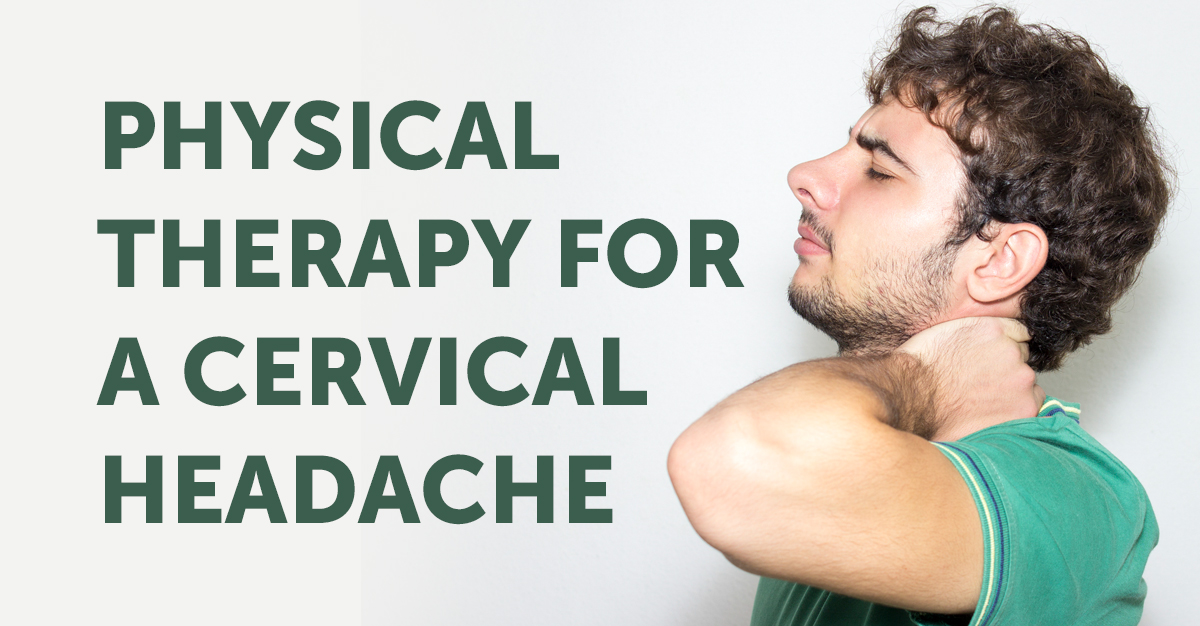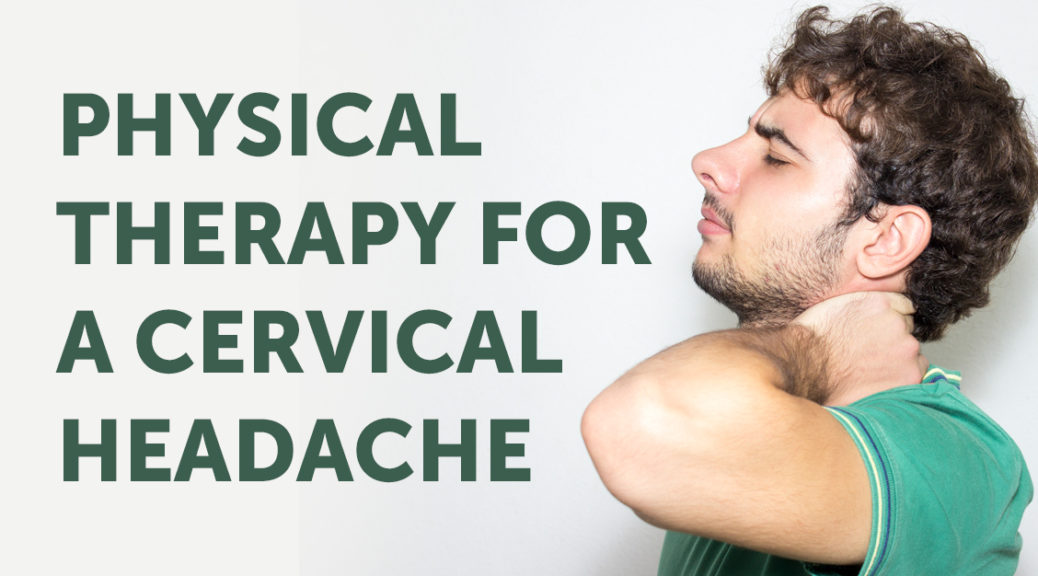
What is a Cervical Headache and How Can Physical Therapy Help?
Cervical headaches are most often found in people around the age of 33, are usually one sided, and begin in the back of the head and radiates. A cervical headache is usually caused by agitation of the nerves exiting the skull or is a result of trauma, sustained postures, stiffness and general neck pain to the upper cervical segments.
Headaches are a common occurrence in daily life, and occur for a multitude of reasons. Usually, they pass without issue, and sometimes they might require Tylenol. However, sometimes the headaches are more severe and either remain present and linger, or recur at consistent (or inconsistent) intervals. When the headache begins in the back of the neck or following neck pain, it is likely a cervicogenic headache. These headaches occur when there is a dysfunction in the upper cervical spine (upper neck), agitating nerves that share a pathway with the nerves that supply the jaw and temples. These headaches often accompany stiffness in the neck, usually to one side or direction, and often react to postures (looking down, looking up, sleep, etc.). These headaches are mechanical in nature, meaning the movement and positions of joints are the cause of the headache. Therefore, movements either active or passive in the neck can change the stimulus that alerts the brain, causing pain.
Physical therapy, including manual therapy, repeated movements, exercise and posture education are the most effective treatment for these headaches. Further, and the best news of all, reduction does not take a long time, with relief usually in the initial visit and resolution in 4-5 visits.
How Physical Therapy for a Cervical Headache Typically Works
There are multiple types of headaches. Often a simple exam and a few questions can rule in or out cervical headaches as the cause. Very rarely are expensive imaging and testing needed to achieve a diagnosis. Following an initial evaluation, a physical therapist will have the basis for understanding:
- How the headache is effecting function
- Where the headache symptoms are coming from
- Whether or not a red flag condition may be present
- A direction to move the patient in to remove pain
- Whether another headache type is present (migrain or tension headache) and how to proceed
When the initial evaluation is over the physical therapist will:
- Identify the pain causing movement, posture, or spinal segment
- Gear treatment around self management and the repetition of movements
- Provide endurance exercises to help stabilize the neck
- Use manual therapy may as needed to improve recovery times
- Educate patients about posture and prevention
As physical therapists, our goal is not just to reduce the patient’s pain now, but to give them the tools to prevent injury and pain in the future. As a result our headache physical therapy treatment plans include a good bit of patient education, including the best ways to manage headaches that may occur in the future. If you have a nagging headache that won’t go away, call your physical therapist to schedule an appointment and start feeling better today.
This article was written by the experienced physical therapists at STAR Physical Therapy. STAR physical therapy currently has over 65 locations throughout TN and provide a variety of specialty services to their surrounding communities. For more information about STAR visit them online at www.STARpt.com
Think you may have a Tension Headache instead? Find out in the PTandMe Injury Center

